7 Tips to Know Before Buying Small Yard Landscaping
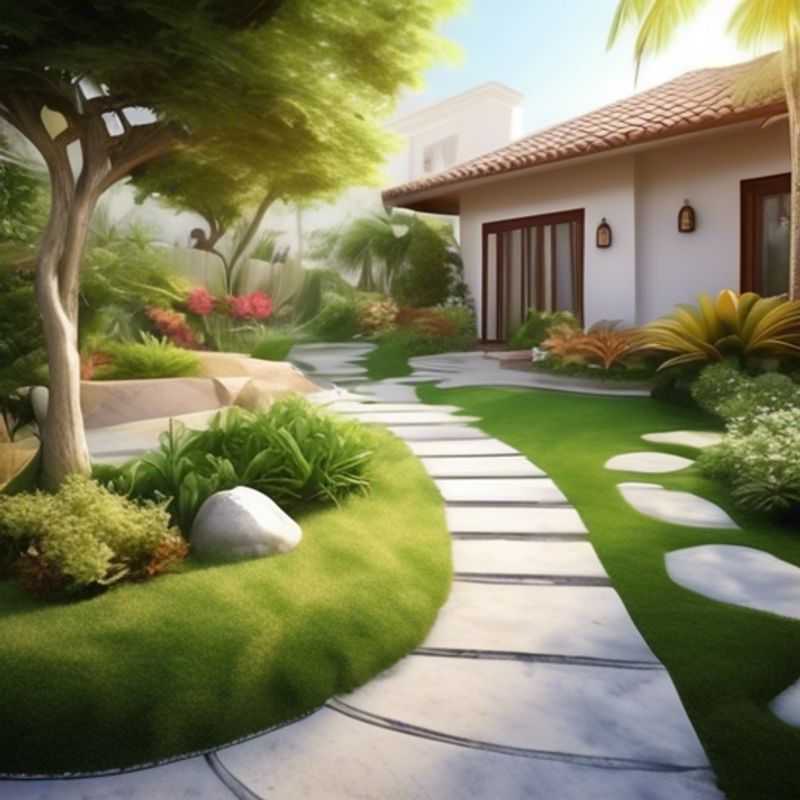
7 Tips for a Stunning Small Yard Landscape: Measure, Research, Sunlight, Drainage, Verticality, Multi-Purpose, and Expert Advice
Turning your small yard into a lush oasis is a rewarding project, but a little planning goes a long way. Here are 7 key things to keep in mind before you start buying plants and features for your landscaping:
1. Measure accurately. Knowing the exact dimensions of your yard is crucial. It lets you choose plants and features that fit perfectly without feeling cramped or overwhelming the space.
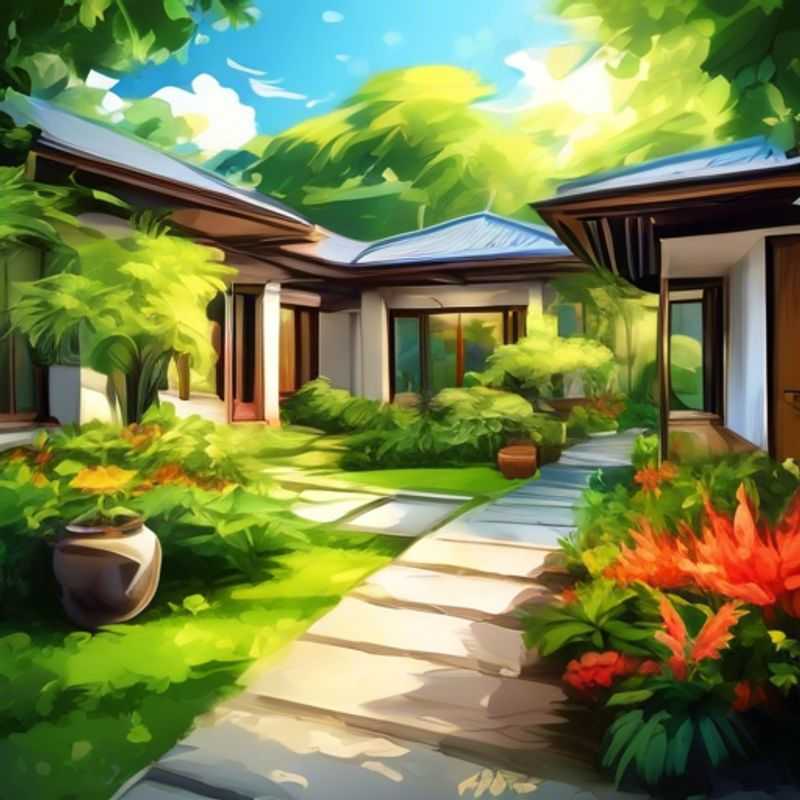
Measure Twice, Plant Once: How to Choose the Perfect Plants for Your Space
Before you start dreaming about lush gardens and vibrant flower beds, it's crucial to get a handle on the available space. Measure everything! Don't just eyeball it, grab a measuring tape and record the dimensions of your area. Consider any obstructions like walls, fences, or even existing structures.
The next step is to think about your vision. Do you want a sprawling lawn, a cozy patio, or a mix of both? Are you aiming for a low-maintenance space or are you willing to invest more time and effort? Once you have a clear picture of your goals, you can start to make informed decisions about what plants and features will best suit your needs.
Remember, don't be afraid to consult with professionals. Landscape architects and garden designers can provide valuable insights and help you create a plan that maximizes your space and reflects your personal style.
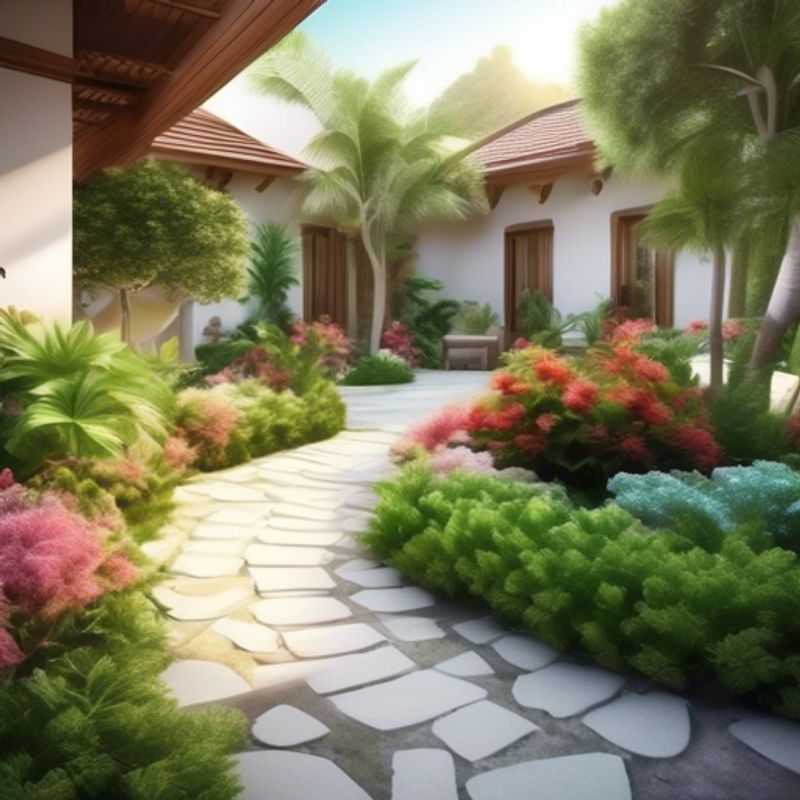
Low-Maintenance, Drought-Tolerant Plants for Your Tiny Oasis: A Guide
Tired of struggling to keep your small yard lush and green? Low-maintenance, drought-tolerant plants are the answer! These hardy plants require minimal watering and care, making them perfect for busy lifestyles and water-conscious homeowners.
Start with the basics: Assess your yard's sun exposure and soil type. This information will help you choose plants that thrive in your specific conditions. Some popular options include:
Groundcover:
• Sedum: These succulents come in a variety of colors and textures, providing attractive ground cover with minimal watering needs.
• Creeping Phlox: This flowering groundcover thrives in sunny spots and requires little maintenance.
Shrubs:
• Butterfly Bush: Known for attracting pollinators, butterfly bushes are drought-tolerant and require minimal care.
• Yucca: These striking plants add a unique architectural element to small yards. They are drought-tolerant and require little watering.
Trees:
• Redbud: This beautiful tree offers vibrant spring blooms and thrives in well-drained soil. It's relatively drought-tolerant once established.
• Crape Myrtle: Known for its showy, long-lasting blooms, the crape myrtle is drought-tolerant and easy to care for.
Remember: When designing your small yard, consider the mature size of the plants. Space them appropriately to avoid overcrowding. Also, consult with a local nursery for specific plant recommendations suited to your climate and growing conditions.
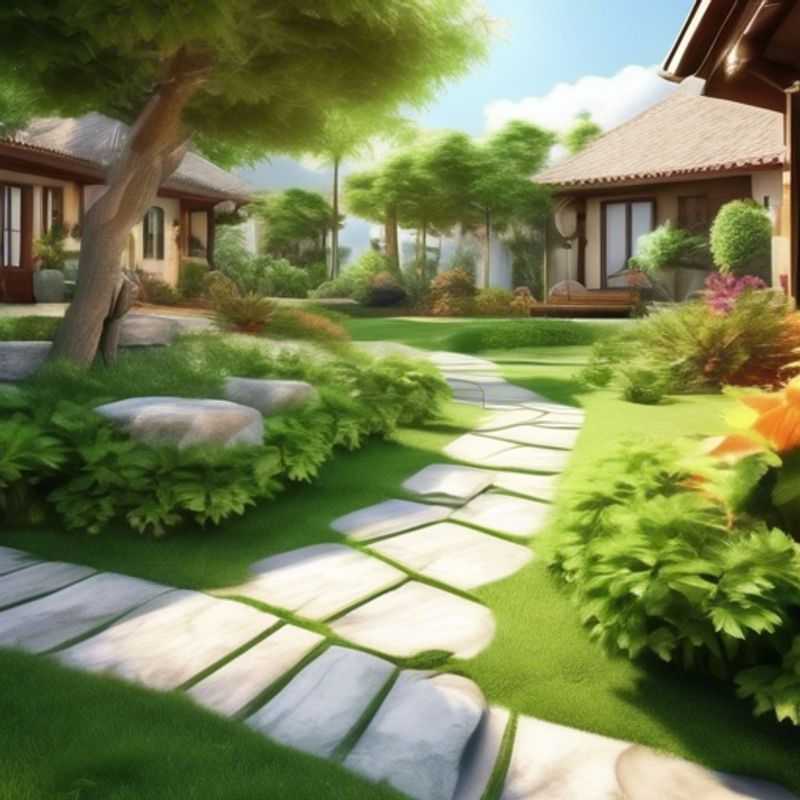
Sunlight and Your Garden: Choosing Plants for Optimal Growth
Sunlight is crucial for plant growth, impacting their health, flower production, and overall vibrancy. Understanding the amount of sunlight your area receives is key to selecting plants that will thrive.
Full sun areas receive at least 6 hours of direct sunlight daily, ideal for plants like sunflowers, tomatoes, and lavender. Partial shade areas receive 3-6 hours of direct sunlight, suitable for plants like hostas, ferns, and hydrangeas. Full shade areas receive less than 3 hours of direct sunlight, ideal for plants like impatiens, ferns, and begonias.
Consider the time of day the sunlight hits your area, as morning sun is generally cooler than afternoon sun. Observe your existing plants to get a sense of how much sunlight your area receives. If your current plants are thriving, they're likely well-suited for that level of sunlight.
Pay attention to the plant's specific requirements when selecting. Some plants may tolerate a wider range of sunlight conditions than others. Researching individual plant needs ensures success and vibrant growth.
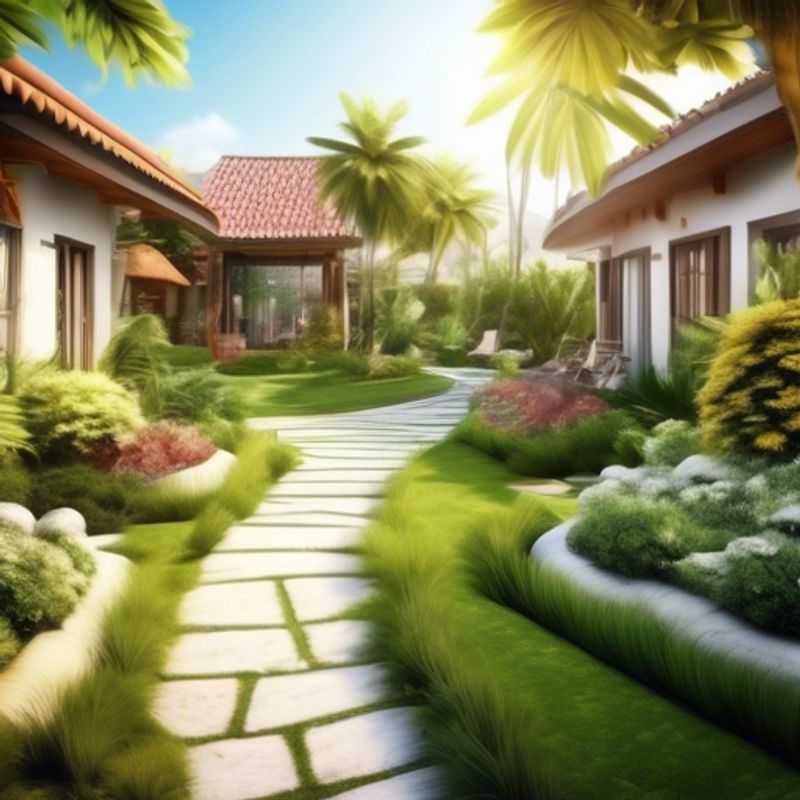
Keep Your Home Dry: Planning for Proper Drainage to Prevent Water Pooling and Damage
Proper drainage is crucial to prevent water pooling and potential damage to your property. Here's a quick guide to ensure effective drainage:
Identify potential problem areas: Low spots, areas with compacted soil, and downspouts emptying close to the foundation are common culprits. Observe where water accumulates after rain.
Create slopes: Ensure a gentle slope away from your house and other structures. This allows water to flow away naturally. A slope of 1/4 inch per foot is generally recommended.
Extend downspouts: Direct downspouts away from the foundation using extensions or underground pipes. These should discharge at least 5 feet away from your house.
Install gutters and downspouts: Gutters help channel rainwater away from your roof, preventing it from pooling and damaging your siding, foundation, and landscaping. Ensure gutters are properly installed with a slight slope towards downspouts.
Consider French drains: For areas with consistently wet soil, French drains can be a solution. They consist of a perforated pipe buried in gravel, which collects and redirects water away from your property.
Professional help: For complex drainage issues or large-scale projects, consult a professional landscaping or drainage specialist. They can assess your property, recommend tailored solutions, and handle installation.
Remember that these are general recommendations, and the best approach might vary based on your specific property and local conditions.
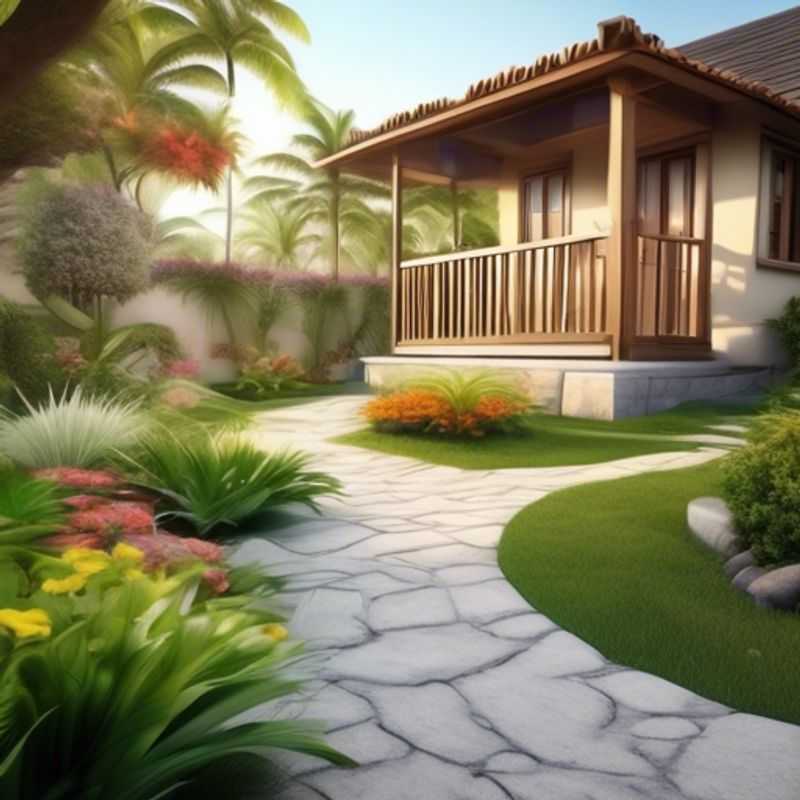
Maximize Your Garden Space: Vertical Elements for a Lush Oasis
Maximize your garden space with vertical elements like trellises and hanging baskets! These smart solutions offer a fantastic way to grow more plants without taking up valuable ground space. Trellises provide vertical support for climbing plants like beans, cucumbers, and peas, while hanging baskets are perfect for cascading flowers and herbs.
When planning your vertical garden, consider the following:
Light: Ensure adequate sunlight for your plants. Trellises can be placed against sunny walls, while hanging baskets allow for flexibility to hang in the most light-filled areas.
Plant Selection: Choose plants that thrive in vertical environments. Vining plants work well for trellises, while trailing varieties are ideal for hanging baskets.
Materials: Trellises come in various materials like wood, metal, and plastic. Choose the one that best suits your style and garden environment. Hanging baskets can be made from materials like wire, plastic, and woven materials.
Maintenance: Regular watering is crucial for vertical gardens. Trellises can sometimes require additional support as plants grow, while hanging baskets may need to be repositioned for optimal growth.
By incorporating vertical elements into your garden design, you'll enjoy a bountiful harvest and a visually stunning landscape while saving valuable ground space!
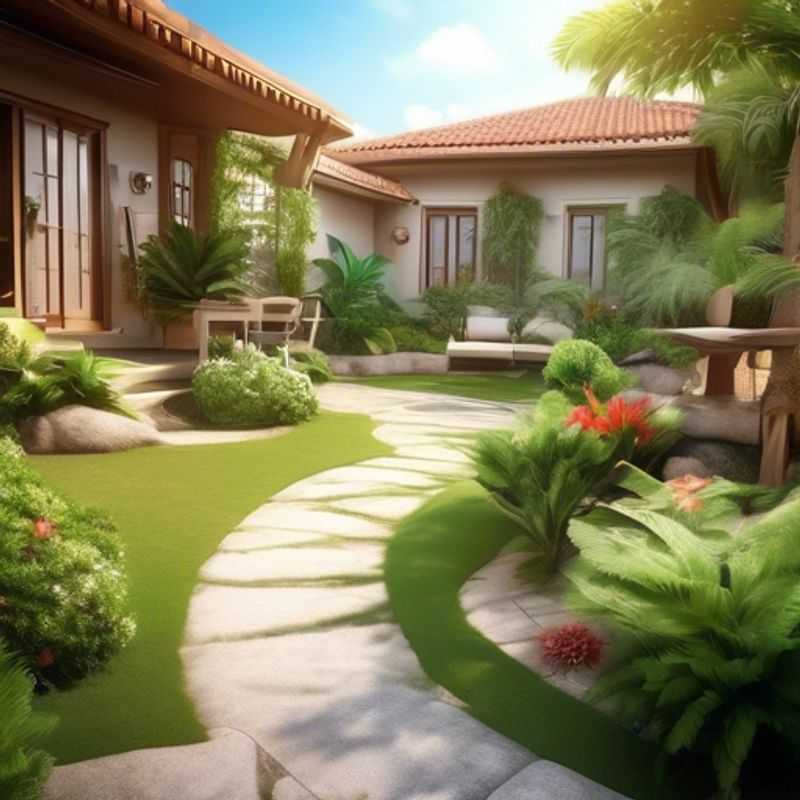
Maximize Your Space: Choosing Multi-Purpose Features for Your Outdoor Oasis
Multi-purpose features like seating areas and water features can add significant value to your outdoor space.
Seating areas provide a place to relax, entertain guests, and enjoy the outdoors. They can be as simple as a few chairs and a table or as elaborate as a complete outdoor living room. When planning your seating area, consider the size of your space, the amount of sunlight it receives, and the type of furniture you want to use.
Water features, like ponds, fountains, and waterfalls, add a calming and relaxing atmosphere to your outdoor space. They can also help to cool your yard and attract wildlife. When planning a water feature, consider the size of your space, the amount of sunlight it receives, and the type of maintenance you are willing to undertake.
When designing your multi-purpose features, be sure to consider the overall design of your yard. Choose materials that complement your home and landscaping, and use plants to add color and interest.
In terms of costs, it is important to consider the materials, labor, and any necessary permits. You may also need to factor in ongoing maintenance costs, such as water, electricity, and landscaping.
Ultimately, the best multi-purpose features are those that fit your lifestyle and budget. With a little planning, you can create an outdoor space that is both beautiful and functional.
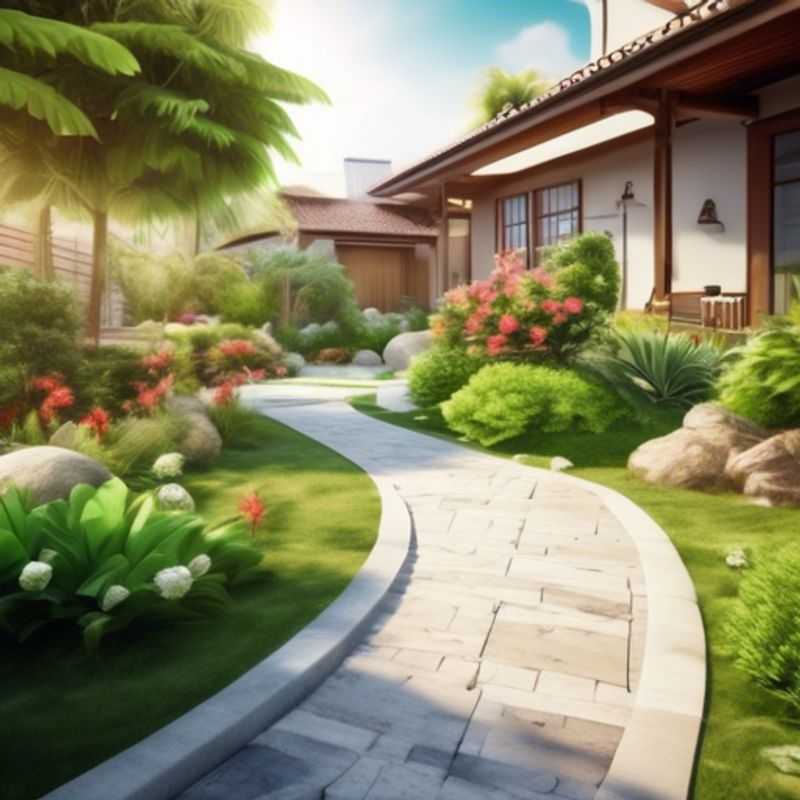
Get Personalized Landscaping Advice: Consult a Local Expert
Seeking professional landscaping advice? Consulting a local landscaper offers numerous advantages. They possess in-depth knowledge of your region's climate, soil conditions, and plant varieties. This local expertise ensures tailored recommendations for optimal plant selection and growth. Remember, a landscaper's insights can save you time, money, and potential plant problems in the long run.
Beyond plant selection, landscapers can assist in designing your outdoor space, considering factors like sun exposure, water availability, and your personal preferences. They can create a beautiful and functional landscape that meets your specific needs. A well-designed landscape can enhance your property's curb appeal, increase your home's value, and provide a serene oasis for relaxation.
When hiring a landscaper, it's crucial to inquire about their services and pricing structure. Be sure to discuss the scope of the project, including any necessary permits or inspections. Landscapers may charge by the hour, per square foot, or offer package deals. Be transparent about your budget and expectations to ensure a smooth and successful partnership.
